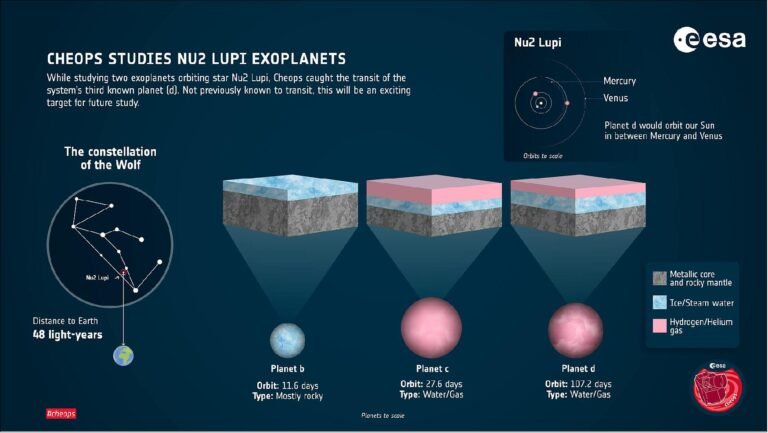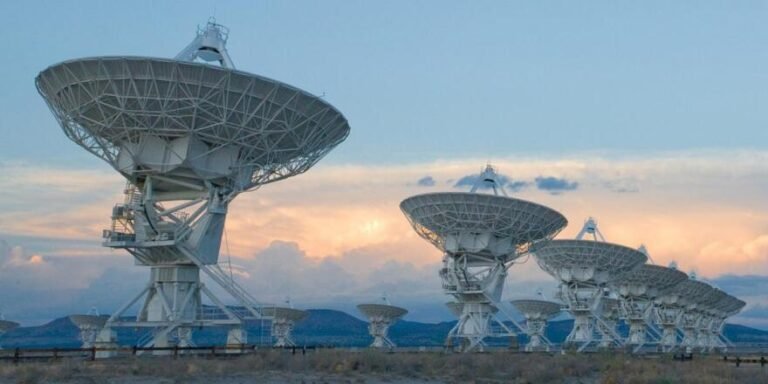The Search for Extraterrestrial Life: Exploring the Frontiers of Space
Extraterrestrial life has captivated human imagination for centuries, fueling our curiosity about the possibility of life beyond Earth. In recent decades, advancements in technology and scientific understanding have propelled our search efforts to new heights. In this article, we will delve into the ongoing quest for extraterrestrial life, exploring the methods, missions, and scientific endeavors that are expanding our knowledge of the cosmos.
The Habitability of Exoplanets:
One of the primary focuses in the search for extraterrestrial life is identifying exoplanets within the habitable zone of their host star. The habitable zone, also known as the “Goldilocks zone,” refers to the region where conditions are favorable for the existence of liquid water—a key ingredient for life as we know it. Astronomers employ various techniques, including the transit and radial velocity methods, to detect exoplanets and determine their potential habitability.
Mars: The Red Planet:
Mars has long been a focal point in the search for extraterrestrial life due to its proximity to Earth and its potential for hosting microbial life. Multiple missions, including the Mars rovers and orbiters, have collected valuable data, revealing the planet’s past water-rich history and the potential for subsurface habitats. Ongoing and future missions, such as the Mars Sample Return mission, aim to bring back samples from Mars for detailed analysis, providing further insights into its potential for harboring life.
The Search for Biosignatures:
Scientists are actively exploring the identification of biosignatures—indicators of life—within our solar system and beyond. These biosignatures include the detection of specific molecules such as oxygen, methane, or complex organic compounds. Missions like NASA’s Europa Clipper, which will explore Jupiter’s moon Europa, and the upcoming James Webb Space Telescope, are designed to search for signs of life-supporting conditions and potential biosignatures in our own cosmic neighborhood.

SETI: The Search for Extraterrestrial Intelligence:
The Search for Extraterrestrial Intelligence (SETI) is a fascinating field dedicated to detecting signals or communications from intelligent civilizations beyond Earth. Scientists use radio telescopes and advanced signal processing techniques to scan the cosmos for potential signs of extraterrestrial intelligence. While no definitive evidence has been found to date, ongoing SETI projects continue to expand our search horizon and refine the methods used to detect potential extraterrestrial signals.
Extremophiles and the Limits of Life:
Exploring Earth’s extremophiles—organisms that thrive in extreme environments—provides valuable insights into the potential for life to exist in harsh conditions elsewhere in the universe. From deep-sea hydrothermal vents to acidic lakes and frozen environments, extremophiles have expanded our understanding of the diversity and adaptability of life on our own planet, opening up new possibilities for life in seemingly inhospitable environments on other worlds.
Astrobiology:
Astrobiology is a multidisciplinary field that combines elements of biology, chemistry, physics, and astronomy to study the origin, evolution, and potential distribution of life in the universe. Scientists in this field explore the fundamental building blocks of life, investigate the conditions necessary for life to exist, and develop strategies for detecting and characterizing extraterrestrial life.

The Fermi Paradox:
The Fermi Paradox raises the question of why, given the vast number of potentially habitable planets in the universe, we have not yet detected any clear signs of extraterrestrial civilizations. Various theories attempt to explain this paradox, including the possibility that intelligent civilizations may be rare or that they exist but are simply beyond our current technological capabilities to detect.
Interstellar Travel and Communication:
The search for extraterrestrial life also involves contemplating the potential for interstellar travel and communication. Concepts such as sending interstellar probes or establishing communication protocols with advanced civilizations have been explored, although the practical feasibility of such endeavors remains a significant challenge.

The Role of Private Initiatives:
In addition to government-led missions, private companies have also entered the realm of space exploration and the search for extraterrestrial life. These initiatives aim to leverage technological advancements and commercial interests to accelerate the pace of discovery and make space exploration more accessible.
Planetary Protection:
Planetary protection is a crucial consideration in space exploration, particularly when it comes to missions to other celestial bodies. Strict protocols are in place to minimize the risk of contamination by Earth organisms and to preserve the pristine environments that could potentially harbor extraterrestrial life. These measures ensure that scientific exploration is conducted responsibly and that any potential discoveries are not compromised.
Exoplanet Characterization:
The study of exoplanets has revolutionized our understanding of planetary systems and the prevalence of potentially habitable worlds. Scientists use a range of methods, including spectroscopy, to analyze the atmospheres of exoplanets and search for chemical signatures that may suggest the presence of life.

The upcoming phones are poised to bring a host of exciting technologies and features to the mobile market. From 5G connectivity and foldable displays to advanced camera systems and immersive AR/VR experiences, these devices will redefine what we expect from our smartphones. As the competition intensifies among manufacturers, consumers can look forward to a new era of mobile innovation, where devices become more powerful, versatile, and interconnected, enabling us to navigate the digital world with greater convenience and enjoyment.










